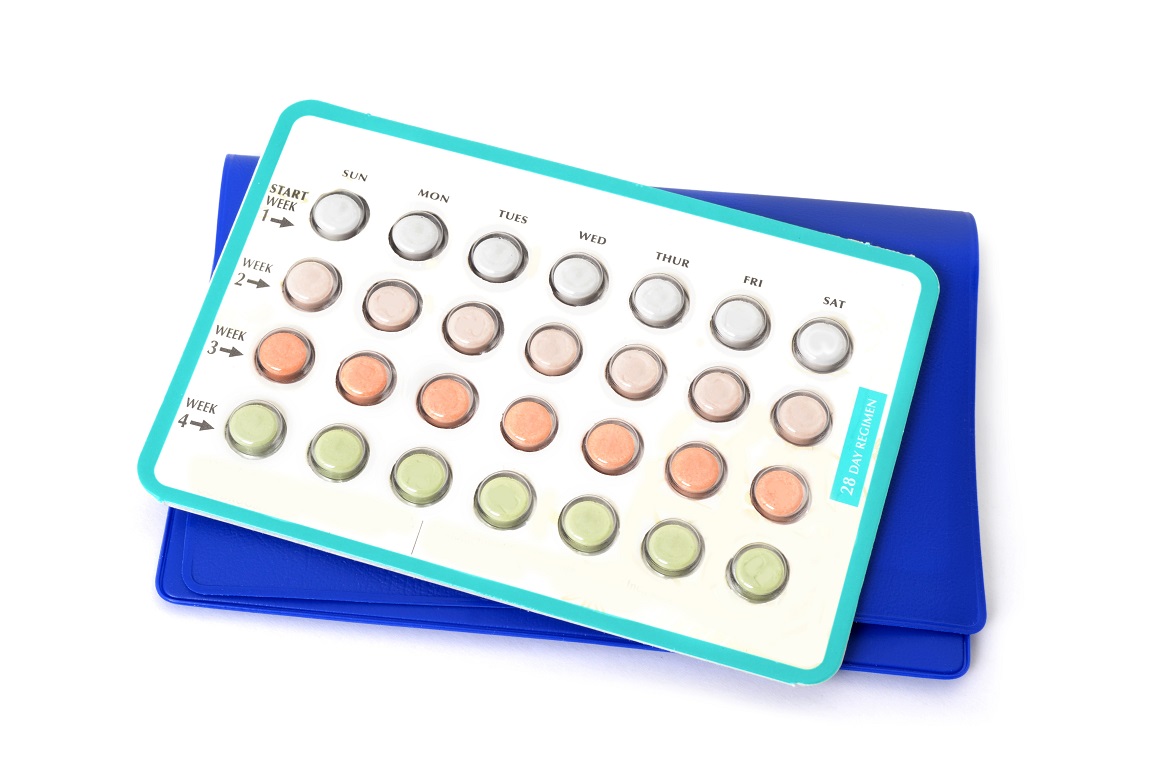
According towards the CDC, probably the most popular forms of contraception (contraception) among women aged 15 to 44 may be the pill. Nearly all women have at least heard of oral contraceptives, even when they haven’t tried them. They’ve been around for a long time, and there are a lot of myths floating around about the subject, including these. Its possible you've heard the parable that birth control pills cause candida albicans. While this is not true, it is a fact that certain types of birth control may increase the risk of obtaining a yeast infection. Exactly what does this suggest, exactly? Let’s begin with the basics.
What’s in Contraception?
Different types of contraception (contraception), such as pills, rings, and patches, all contain a mixture of the endocrine system estrogen and progestin (the man-made version of progesterone). These hormones stop your ovaries from releasing an egg each month, a process called ovulation. Preventing discharge of an egg is when these hormones prevent pregnancy. Quite simply, no egg to fertilize means no pregnancy). These hormones can also change the mucus in the cervix, making fertilization more difficult.
What’s a Yeast Infection?
It’s a fungal infection from the vulva and vagina. Candida albicans are pretty uncomfortable, with redness, itching, burning sensations, and discomfort. There may also be vaginal discharge, even though this does not happen in each and every case. They are common; based on the Mayo Clinic, 3 out of 4 women are experiencing a minumum of one candidiasis within their lifetime.
Yeast infections come from an overgrowth of a yeast species called Candida. It’s normal for yeast and bacteria to reside in the vagina, but an imbalance between them leads to contamination. Risk factors for candidiasis include the following:
- diabetes mellitus – particularly if poorly controlled
- treatment with antibiotics – disrupts the ‘balance’ between yeast and bacteria within the vagina
- pregnancy – alterations in hormones
- a weakened defense mechanisms (eg, treatment with steroids, HIV, diseases from the defense mechanisms) – makes it easier for that body to obtain infections
Yeast infections can be transmitted through sexual activity. However, celibate (not sexually active) women may also get yeast infections, so it is not your ‘typical’ sexually transmitted infection.
What’s the bond Between Birth Control and Yeast Infections?
It is thought that estrogen helps support the development of Candida. The chance of yeast infection increases with increased amounts of estrogen – including pregnancy or with forms of birth control which have high levels of estrogen.
Different types of contraception have different levels (and often forms) of hormones. For this reason, ladies who have trouble with yeast infections or are worried relating to this risk can consider asking their doctors about a different kind of birth control.
How Are Candida albicans Treated?
Most vaginal candida albicans are easily given anti-fungal medications. These are available as creams, suppositories, and medications. It’s vital that you seek help if treatment doesn't work or the infection returns.
Unfortunately, some women have a problem with recurrent infections, and also the Candida yeast can cause other kinds of infections too. Because Candida infections are extremely common, researchers have been focusing on a vaccine to avoid these infections for a long time. Developing a vaccine has shown to become hard for a lot of reasons, however. Candida lives in many parts of the body (called normal ‘flora’), and scientists need to be careful to not disrupt any of its normal functions. There is nothing available right now, but research continues in this area.

